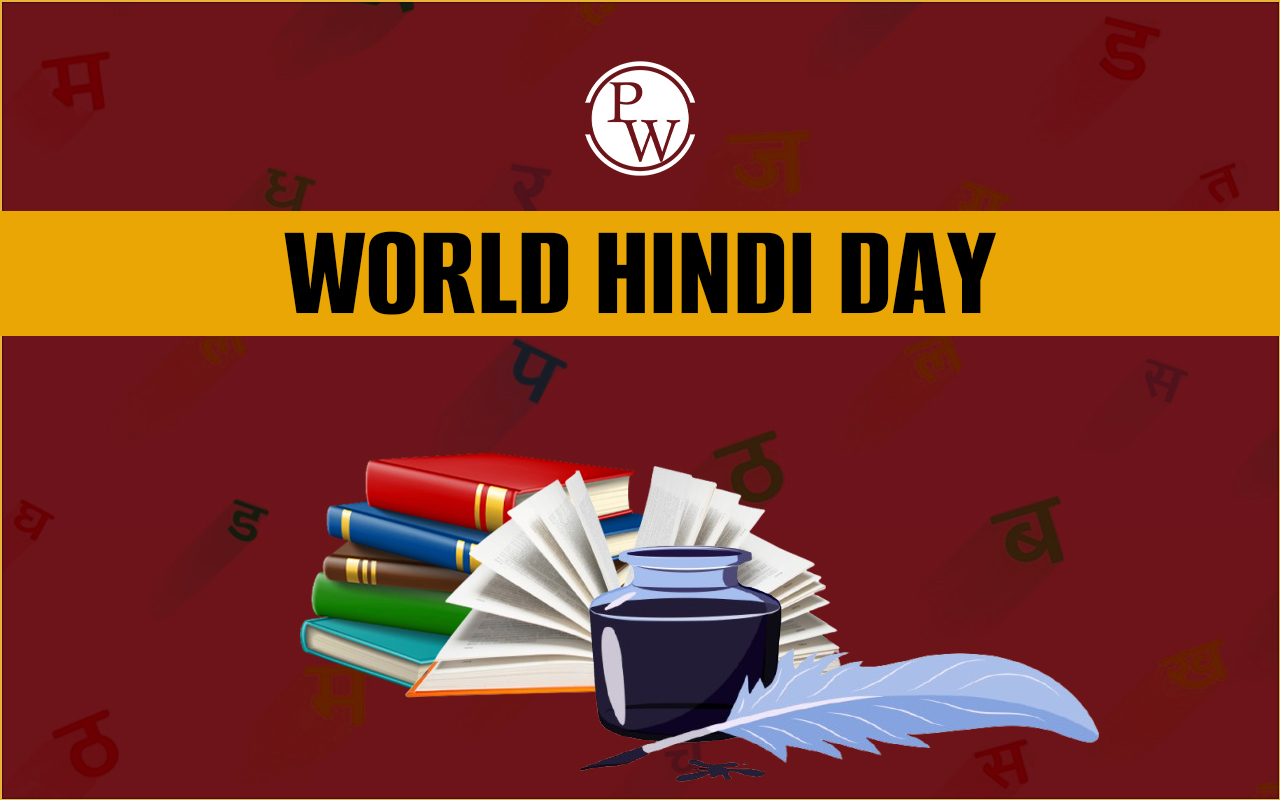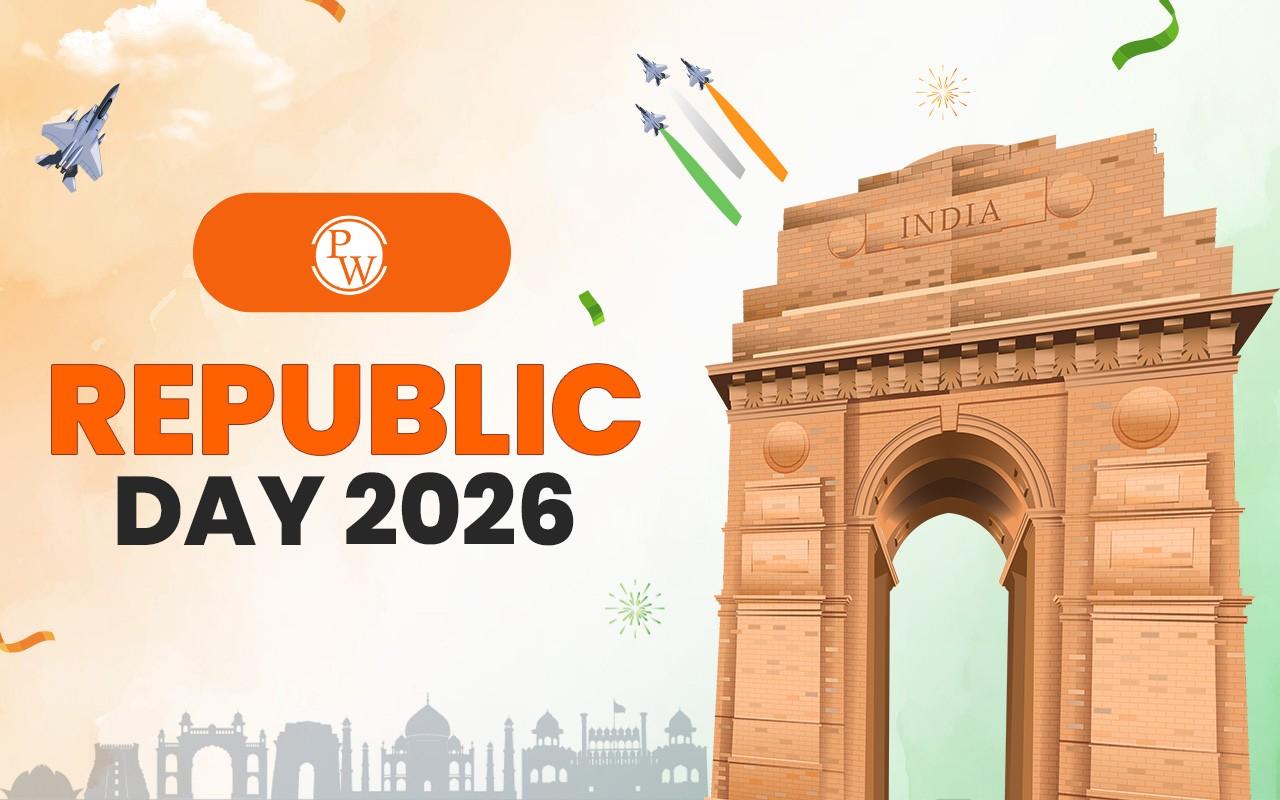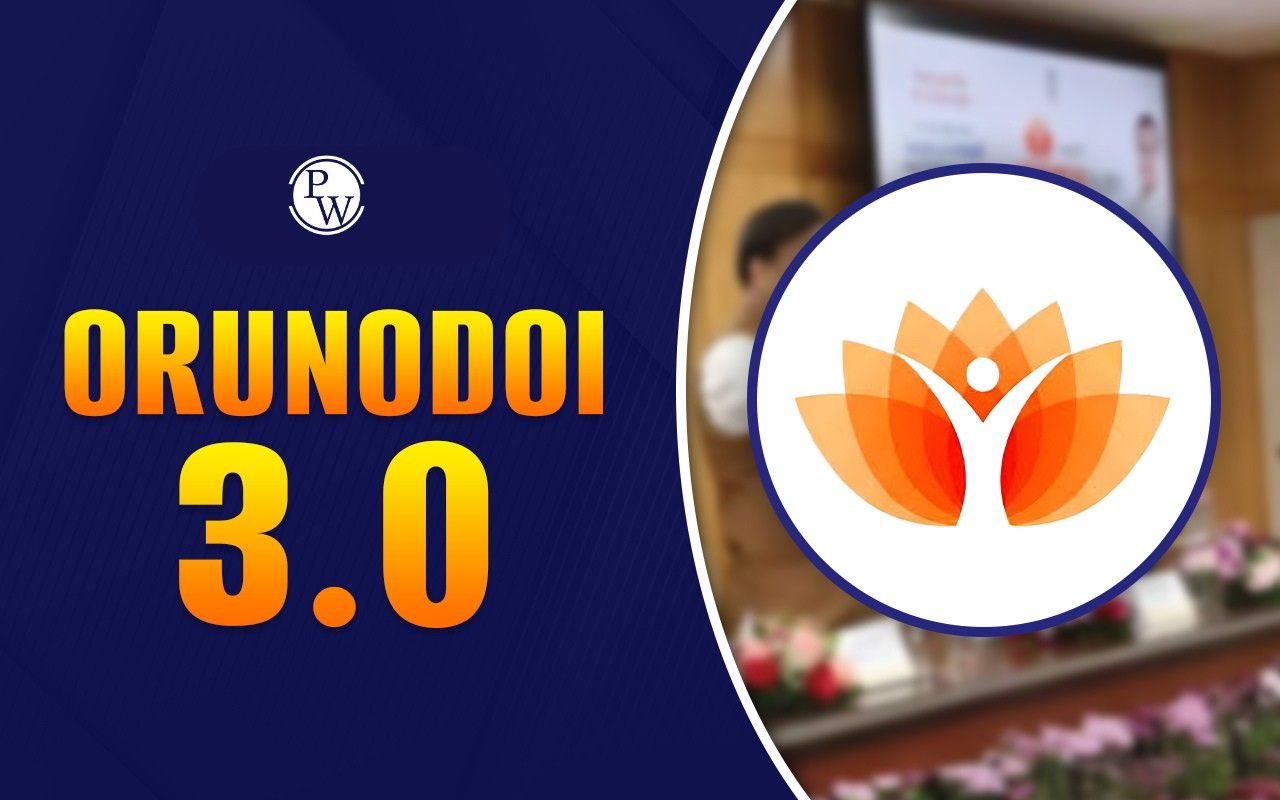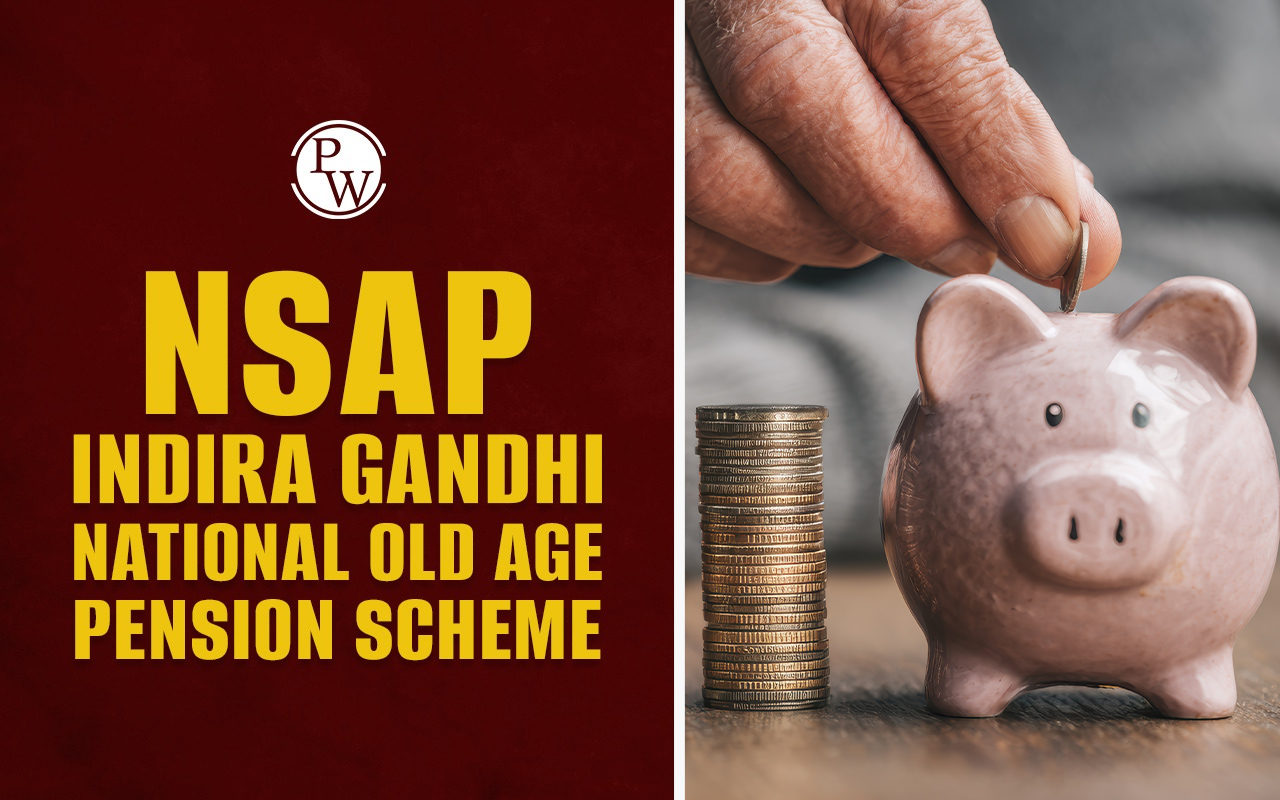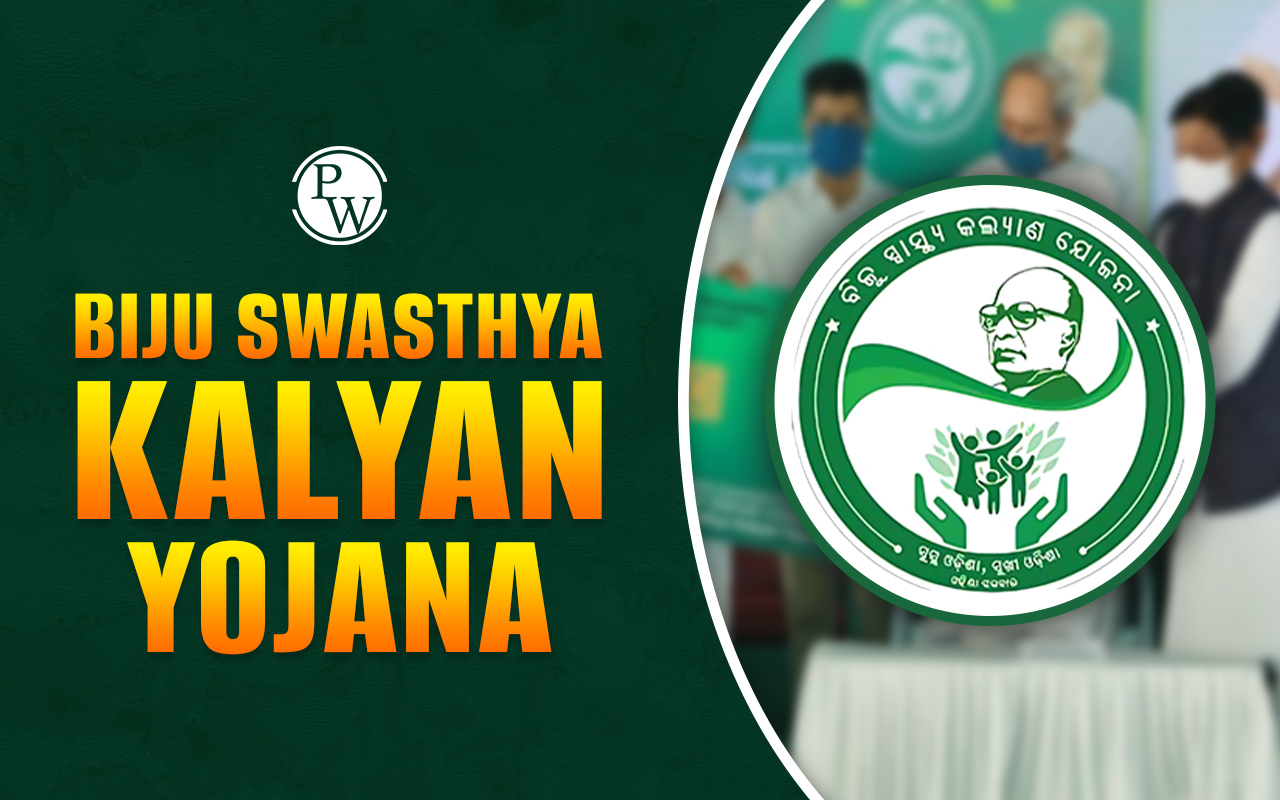
Official Language of India: Language is a way to share thoughts, ideas, and feelings. It helps people connect. Every country has its own languages that reflect its culture and history. India is a land of many languages. Hindi, in the Devanagari Script, is denoted as the official language in India and enshrined in Article 343 of Part XVII of the Indian Constitution.
People in different regions speak different mother tongues. But for running a country, there must be a common system of communication. India is special because it has not just one language but many recognized languages. The government needs a standard language for records, laws, and communication between states. The “Official Language of India” is an important topic in the Constitution.
Official Language of India in Constitution
The Indian Constitution provides a clear definition of the roles of languages in India. The makers of the Constitution were aware that India had many languages. Therefore, they tried to balance all of them by including the official language of India in Constitution.
- The Constitution of India, adopted in 1950, declared Hindi in the Devanagari script as the official language of the Union. It also allowed the continued use of English for official purposes for 15 years.
- However, the Parliament decided to extend the use of English along with Hindi. This helped states and citizens who were not comfortable with Hindi.
- The Constitution thus protects the use of multiple languages while keeping Hindi and English as the main official languages.
Official Language of India Article
The primary article related to the official language enshrined in the Indian Constitution is Article 343. According to the Article, Hindi in the Devanagari script shall be the official language of the Union. It also mentions that English can be used for official work. This article made sure that India could manage both tradition and modern needs.
Other articles related to the official language are Articles 344 to 351. It discusses the development and promotion of languages. These provisions guide how Hindi should grow, how English can be used, and how regional languages will be respected.
Official Language of Indian States
India is a union of states. Each state has the power to choose its own official language for state-level work. This is why different states use different languages in their offices, schools, and courts. In some states, more than one language is recognized. For example, Jammu and Kashmir has Urdu, Kashmiri, Dogri, and Hindi.
This flexibility respects the diversity of Indian culture. Some of the official languages used in different states are as follows:
- Maharashtra uses Marathi.
- Tamil Nadu uses Tamil.
- West Bengal uses Bengali.
- Kerala uses Malayalam.
- Punjab uses Punjabi.
- Karnataka uses Kannada.
- Assam uses Assamese.
Official Language of India Act
The Official Languages Act, 1963, was a very important step. It said that English will continue as an associate official language along with Hindi. This was needed because many states in the south and northeast did not use Hindi.
The Act gave both Hindi and English equal space in government work. It also made rules for using both languages in Parliament, legal documents, and administrative offices.
Later, changes were made in the Act in 1967. These changes made sure that English would remain in use without any time limit. This Act shows how India balanced unity with diversity.
Official Language of India Schedule 8
The official language of India, according to Indian Constitution, is Hindi. The Eighth Schedule of the Constitution mentions the recognized languages of India. At first, it had 14 languages. Today, it has 22 languages. The Eighth Schedule shows that India respects all major languages and promotes their growth.
- These languages are: Assamese, Bengali, Gujarati, Hindi, Kannada, Kashmiri, Konkani, Malayalam, Manipuri, Marathi, Nepali, Odia, Punjabi, Sanskrit, Sindhi, Tamil, Telugu, Urdu, Bodo, Santhali, Maithili, and Dogri.
- These 22 languages are important because they can be used in government exams and promoted by the central and state governments. They get protection under the Constitution.
- The Constitution also ensures that no language is ignored. That is why the Eighth Schedule lists 22 languages. States are also free to choose their own official languages.
- This balance helps India stay united while respecting its diversity. It shows how language can be both a tool of unity and a symbol of culture.
India is a land of many voices. Every region has its own language, tradition, and culture. To manage this diversity, the Constitution created a system of official languages. Hindi and English are used at the national level, while states have their own official languages. The Official Language of India is not just about communication. It is about identity, respect, and unity. By protecting multiple languages, India has shown the world that diversity can be a strength.
Official Language of India FAQs
What is the official language of India?
Which article of the Constitution defines the official language of India?
How many languages are recognized in the Eighth Schedule of the Constitution?
Can Indian states have their own official languages?
What is the Official Languages Act, 1963?

UPSC Coaching

